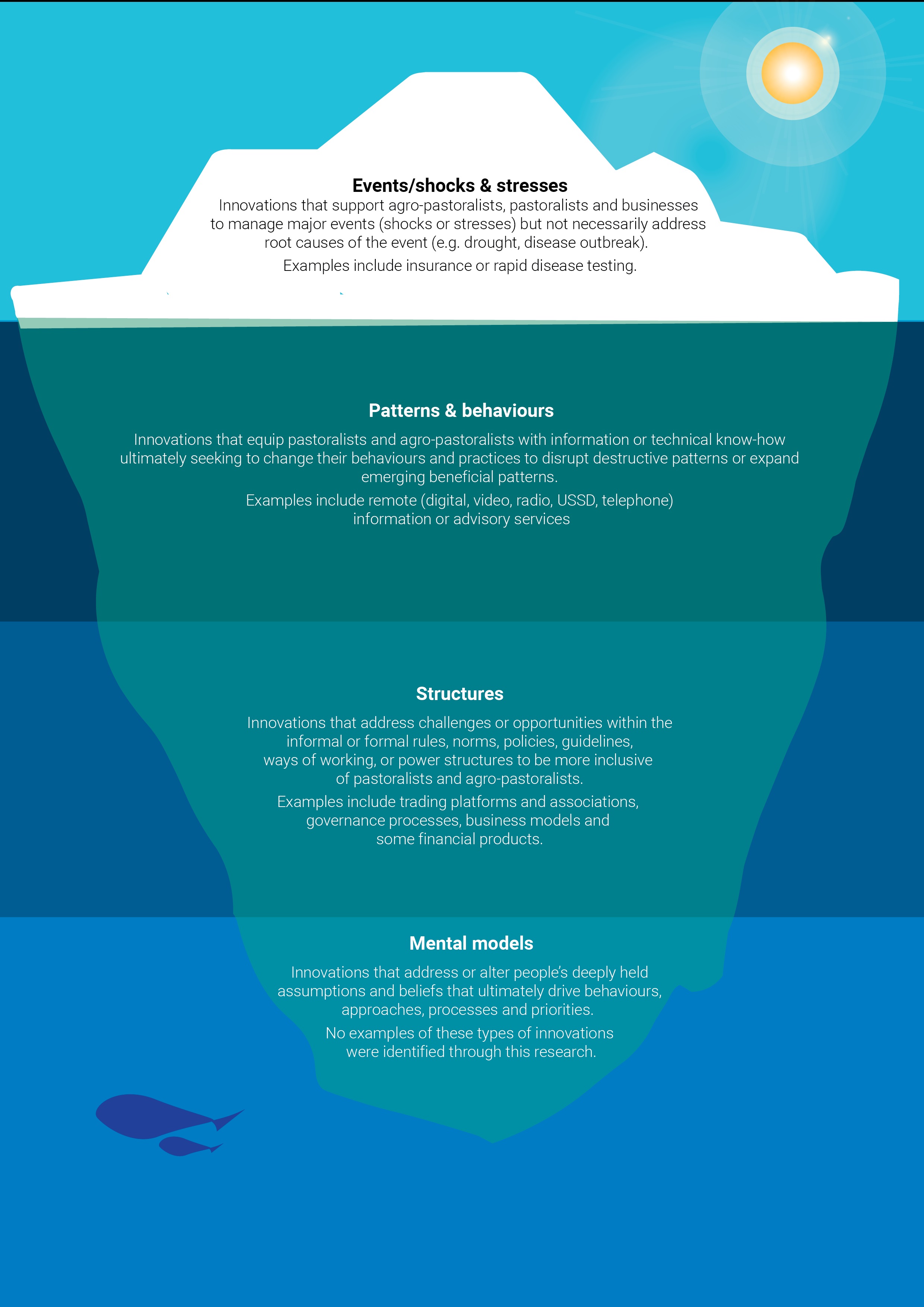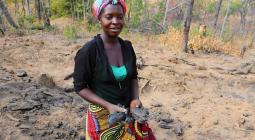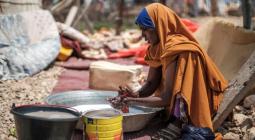Innovation, pastoralism and climate change in Africa’s drylands

Research shows how social and technological innovations can help pastoralists cope with increasingly unpredictable rainfall patterns
The dryland areas of East and West Africa are uniquely populated by pastoralist and agro-pastoralist communities who have adapted over millennia to use the specific features of drylands to their best advantage.
Pastoralists in Africa, such as the Samburu and Pokot in East Africa and the Fulani and Peuls in West Africa, are largely dependent on livestock for their livelihoods. Traditionally these communities herd cattle, sheep, camels and goats, migrating across the rangelands in synchronicity with seasonal rains and water and forage availability.
Practiced across nearly half of Africa from the grasslands of East Africa to the deserts and drylands of the Sahel and West Africa as well as in southern regions, pastoralism supports more than 50 million people in sub-Saharan Africa alone.
However, pastoral and agro-pastoral communities in these regions are facing several threats to the sustainability of their livelihoods. Change of use of traditional rangeland coupled with changing weather patterns – evidenced by greater frequency of droughts and unpredictable rainfall patterns – are increasing pressure on pastoral livelihoods, leading to higher levels of food insecurity.
West Africa is projected to see further increases in wind speeds, heavy rainfall and flooding this century, while the Horn of Africa is projected to experience more intensive bursts of rainfall and flooding. In addition, these impacts are exacerbated in conflict-affected areas, where traditional migratory grazing routes and movements are further disrupted.
Pastoral communities require solutions to enable them withstand and recover from the impact of climate change on livelihoods. Innovative programmes, which think of how to ‘do business differently’, are an essential component of this.
Innovation to help withstand climate shocks
Supporting Pastoralism and Agriculture in Recurrent and Protracted Crisis (SPARC), a programme of Cowater, ODI, the International Livestock Research Institute and Mercy Corps, aims to generate evidence and address knowledge gaps to build the resilience to the effects of climate change of dryland pastoralists and farmers.
As part of its programme, SPARC has mapped innovations developed for pastoralists and agropastoralists in African drylands. The goal is to understand how such innovations promote long-term benefits for pastoral communities – and break the cycle of poverty and vulnerability to shocks – and how they can be improved.
With particular emphasis on fragile and conflict-affected situations, the mapping exercise also looked specifically at the role of pastoralist women and youth in enhancing the resilience of pastoral livelihoods. Detailed findings of this research show how and where significant opportunities exist to ‘do business differently’ to support pastoralists in their effective use of rangelands.
Looking across all innovation leaders, from business to academia, SPARC identified almost 40 relevant technological or social innovations. One example is AfriScout, a mobile app for pastoralists in Ethiopia and Tanzania that disseminates maps of rangeland quality.
Subscription based, the app enables users to identify unexpected changes in grazing conditions (land coverage and water availability) within the registered pastoralist’s rangeland using satellite data and interactive verification by the pastoralists themselves. The app therefore provides a technical response to support pastoralism in the context of climate change and its effects on the natural environment.
Although there are many innovations available to make pastoral livelihoods more resilient, these communities remain under-served and marginalised. There’s tremendous potential to scale up innovations, and keep pastoralism contributing effectively to local and regional economies.
Most innovations focus on providing extension services and information on markets through low-tech platforms such as radio and SMS. Innovations on financial products and services were few, though beginning to scale up.
Moreover, the researchers found that these innovations often focus on addressing the symptoms of an underlying problem rather than the problem itself – they only address the tip of the iceberg.

For example, innovations that aim to improve access to finance for pastoralists, though valuable, are not addressing why access to finance is an issue for pastoralists in the first place. Innovations need to start looking at the root causes of obstacles for pastoralists.
This includes challenging the misleading stereotypes that pastoralism is unproductive or does not contribute to societal well-being and that understand that rangelands are not marginal but are highly productive and highly adaptable ecosystems.
“Research needs to look at what is unique about these fragile contexts and accept those differences,” says Carmen Jaquez, livelihoods, markets and economies lead at SPARC and one of the authors of the study. “Innovations should grow from the strengths of these contexts and play to those strengths,” she adds. A shift in ‘mental models’ might nudge perceptions and prioritise innovation that does not transform pastoralism but rather builds from the strengths of dryland systems.
The SPARC researchers also found that one of the biggest challenges to successful innovation in pastoral systems is the availability of long-term (patient) capital, where investors are willing to make an initial investment with no expected returns in the short term. Though not unique to the vulnerable livelihood context, patient capital requires that investors show a willingness to adapt over the longer term.
For more information, read the innovation scoping paper and visit the dashboard.
Find out more about SPARC here and follow SPARC on Twitter @SPARC_Ideas.
This post was sponsored by Supporting Pastoralism and Agriculture in Recurrent and Protracted Crises (SPARC). See our editorial guidelines for what this means.
cover photo: Nabhany Hashi is a new pharmacy's frequent customer, using an innovation in animal health delivery systems to get critical medication for his goats and sheep in Ethiopia (Photo: Mercy Corps)





